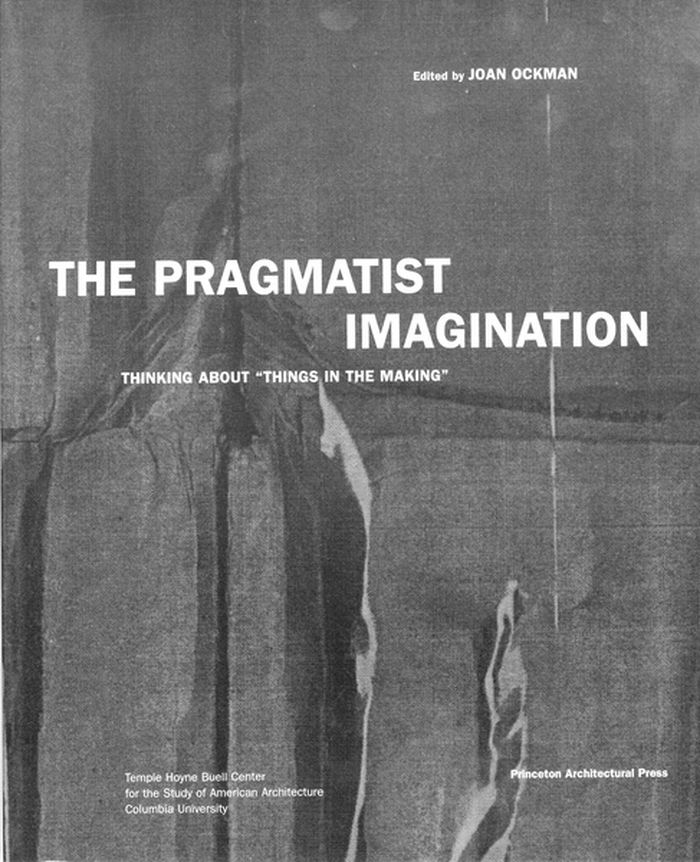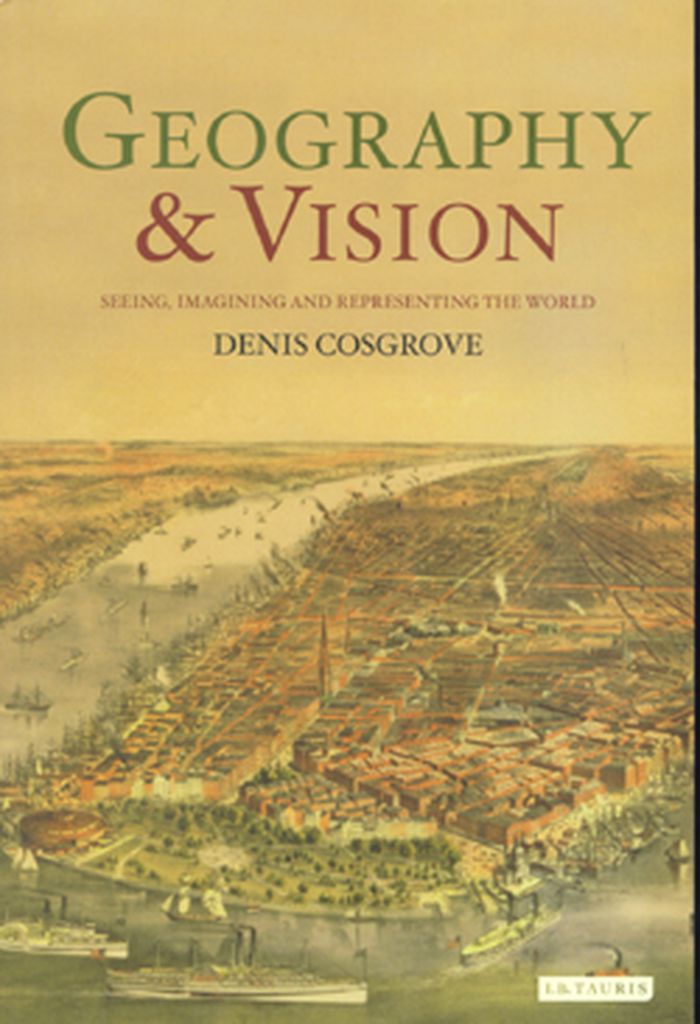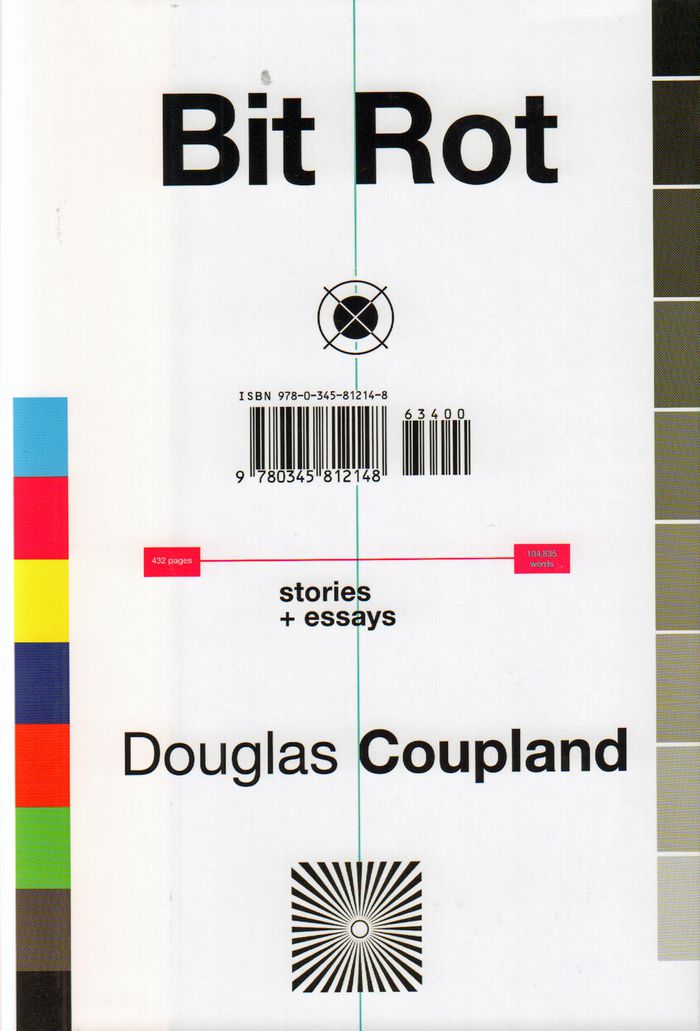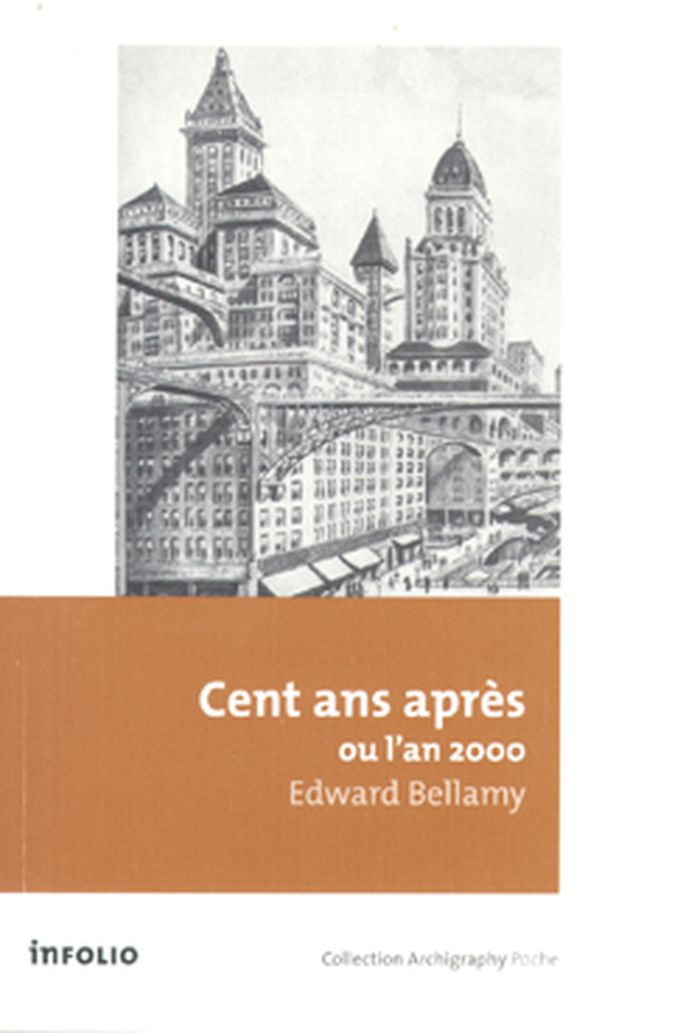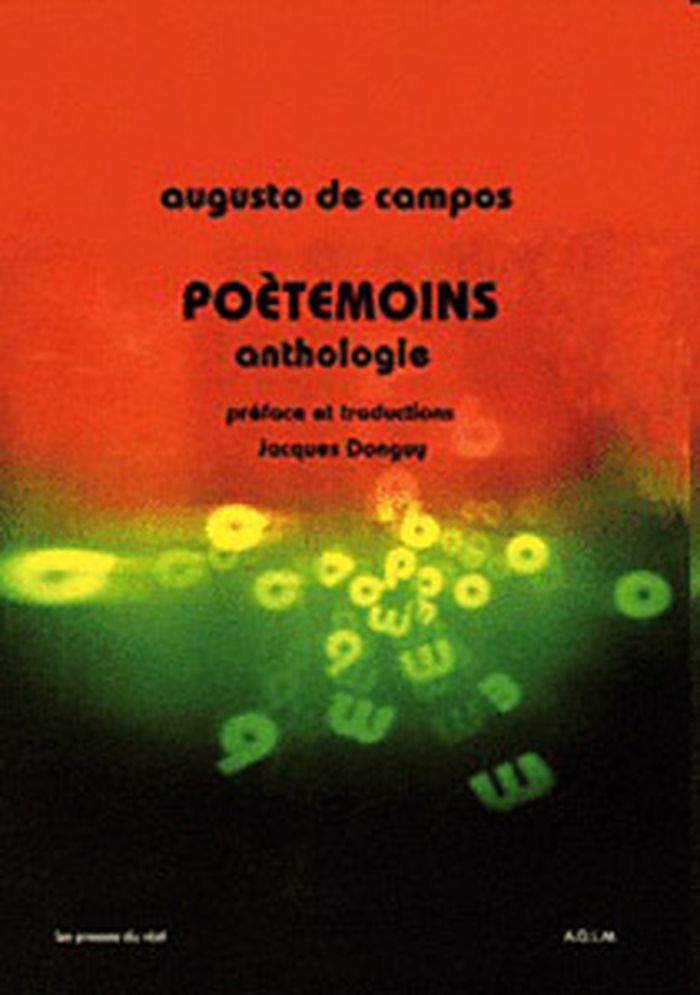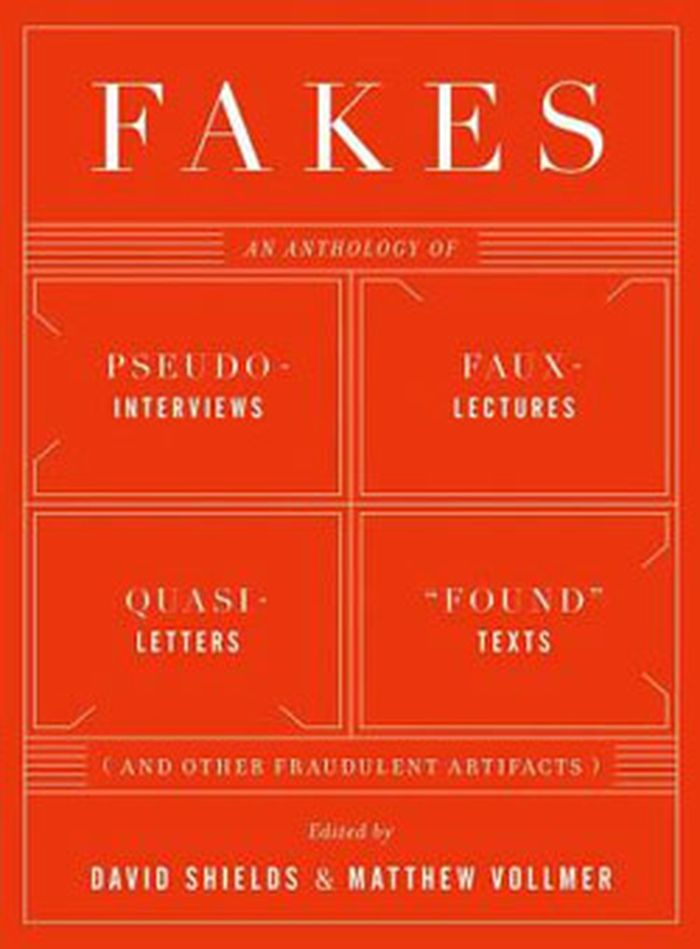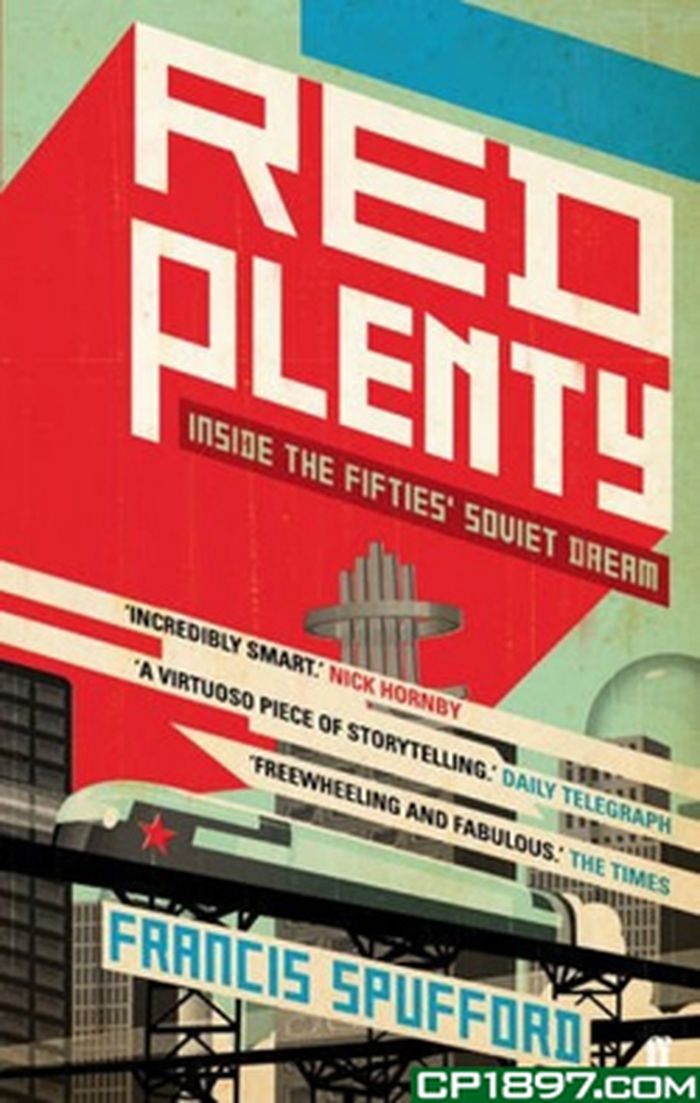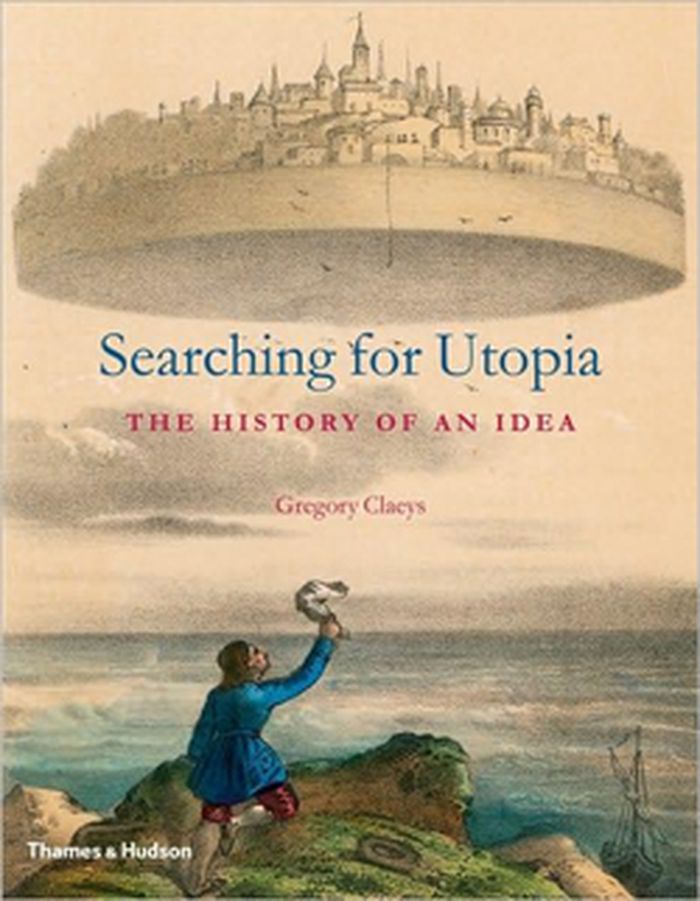$27.95
(disponible sur commande)
Résumé:
What would it mean today to think or to imagine, to design or to construct, in relation not to things made" but to "things in the making"? This question, first posed by the philosopher William James, was the point of departure for "The Pragmatist Imagination." The volume brings together position statements, theoretical speculations, and critical commentary by 33 leading(...)
The pragmatist imagination: thinking about things in the making
Actions:
Prix:
$27.95
(disponible sur commande)
Résumé:
What would it mean today to think or to imagine, to design or to construct, in relation not to things made" but to "things in the making"? This question, first posed by the philosopher William James, was the point of departure for "The Pragmatist Imagination." The volume brings together position statements, theoretical speculations, and critical commentary by 33 leading thinkers and makers from over a dozen disciplines. Based on the proceedings of an international workshop held at Columbia University under the auspices of the Buell Center for the Study of American Architecture in spring 2000, a preamble to the much-ballyhooed conference at the Museum of Modern Art in November, 2000, the contributions traverse a set of burning questions about the future, ranging from the relationship between art and experience to the impact of new technologies on human consciousness, from transformations in everyday life to problems of public space, and from the destiny of the nation-state toemergent forms of transnationalism.
Architecture et l'imaginaire
livres
$44.25
(disponible sur commande)
Résumé:
The towns and cities that we inhabit are the survivors of a much larger world that was never built--of visions of the future that remain on paper due to lack of funds, political changes, or because they were technically ahead of their time. How might the world look today had the realities of history been different? And how close will the architecture of the future be to(...)
Architecture et l'imaginaire
mai 2004, London
Fantasy architecture 1500-2036
Actions:
Prix:
$44.25
(disponible sur commande)
Résumé:
The towns and cities that we inhabit are the survivors of a much larger world that was never built--of visions of the future that remain on paper due to lack of funds, political changes, or because they were technically ahead of their time. How might the world look today had the realities of history been different? And how close will the architecture of the future be to that already familiar from science fiction films and the fantastic virtual environments of computer games? "Fantasy Architecture" proposes answers to these questions by focusing on 130 imagined buildings, structures, and schemes from the late medieval period to the present. Artists and architects include Robert Adam, Archigram, Charles Barry, Étienne-Louis Boullée, William Chambers, FAT, Foreign Office Architects, Foster and Partners, Ernö Goldfinger, Louis Hellman, Inigo Jones, Berthold Lubetkin, Edwin Lutyens, Eric Mendelsohn, Nils Norman, Claes Oldenburg, Joseph Paxton, Sir John Soane, Softroom and Paolo Soleri.~Essayists include Neil Bingham, previously Assistant Curator of the Royal Institute of British Architecture (RIBA) Drawings Collections, London and author of monographs on Christopher Nicholson and C.A. Busby; Clare Carolin, Exhibitions Curator at the Hayward Gallery in London; Rob Wilson, Curator at the RIBA Gallery; and architect Peter Cook, professor at the Bartlett School of Architecture and former member of the group Archigram, who offers a personal text.
livres
mai 2004, London
Architecture et l'imaginaire
$32.50
(disponible sur commande)
Résumé:
Geography and Vision is a series of personal reflections by leading cultural geographer, Denis Cosgrove, on the complex connections between seeing, imagining and representing the world geographically. Ranging historically from the sixteenth century to the present day, the essays include reflections upon discovery and the role of imagination in giving it meaning;(...)
Architecture et l'imaginaire
janvier 1900, London, New York
Geography & vision: seeing, imagining and representing the world
Actions:
Prix:
$32.50
(disponible sur commande)
Résumé:
Geography and Vision is a series of personal reflections by leading cultural geographer, Denis Cosgrove, on the complex connections between seeing, imagining and representing the world geographically. Ranging historically from the sixteenth century to the present day, the essays include reflections upon discovery and the role of imagination in giving it meaning; colonisation and sixteenth century gardening; the shaping of American landscapes; wilderness, imperial mappings and masculinity; urban cartography and utopian visions; conceptions of the Pacific; the cartography of John Ruskin; and the imaginative grip of the Equator. Extensively illustrated, this engaging work reveals the richness and complexity of the geographical imagination as expressed over the past five centuries.
Architecture et l'imaginaire
Bit Rot: stories and essays
$34.00
(disponible sur commande)
Résumé:
A thought-provoking, binge-worthy new collection of essays, stories, and musings from Douglas Coupland, Bit Rot explores the different ways in which twentieth-century notions of the future are being shredded, and it is a literary gem of the digital age. “Bit rot” is a term used in digital archiving to describe the way digital files can spontaneously and quickly decompose.(...)
Bit Rot: stories and essays
Actions:
Prix:
$34.00
(disponible sur commande)
Résumé:
A thought-provoking, binge-worthy new collection of essays, stories, and musings from Douglas Coupland, Bit Rot explores the different ways in which twentieth-century notions of the future are being shredded, and it is a literary gem of the digital age. “Bit rot” is a term used in digital archiving to describe the way digital files can spontaneously and quickly decompose. As Douglas Coupland writes, “Bit rot also describes the way my brain has been feeling since 2000, as I shed older and weaker neurons and connections and enhance new and unexpected ones.” "Bit Rot" the book is a fascinating meditation on the ways in which humanity tries to make sense of our shifting consciousness. Coupland, just like the Internet, mixes forms to achieve his ends. Short fiction is interspersed with essays on all aspects of modern life. The result is addictively satisfying for Coupland’s established fanbase hungry for his observations about our world, and a revelation to new readers of his work. For almost three decades, his unique pattern recognition has powered his fiction, his phrase-making, and his visual art.
Architecture et l'imaginaire
Cent ans après ou l'an 2000
$19.95
(disponible sur commande)
Résumé:
Julian West, jeune homme de bonne famille, s’endort en 1887 et émerge d’un long sommeil en 2000. Boston a considérablement changé, mais ce qui va l’étonner concerne le fonctionnement de l’économie, du travail, des loisirs, de la famille et de l’État. Dès sa parution en 1888, l’ouvrage a connu un grand succès et a été traduit dans plusieurs langues.
Cent ans après ou l'an 2000
Actions:
Prix:
$19.95
(disponible sur commande)
Résumé:
Julian West, jeune homme de bonne famille, s’endort en 1887 et émerge d’un long sommeil en 2000. Boston a considérablement changé, mais ce qui va l’étonner concerne le fonctionnement de l’économie, du travail, des loisirs, de la famille et de l’État. Dès sa parution en 1888, l’ouvrage a connu un grand succès et a été traduit dans plusieurs langues.
Architecture et l'imaginaire
livres
$21.95
(disponible sur commande)
Résumé:
De A, comme Abaton, à Z, comme Zuy, voici qu'un dictionnaire nous offre la plus merveilleuse des invitation au voyage. A partir des univers que de tous temps se plurent à inventer les ecrivains du monde entier, Alberto Manguel et Gianni Guadalupi, forts de leur conviction que la fiction est réalité, ont recensé lieux imaginaires et sites chimériques. Ils en rappellent la(...)
Architecture et l'imaginaire
janvier 1900, Paris
Dictionnaire des lieux imaginaires
Actions:
Prix:
$21.95
(disponible sur commande)
Résumé:
De A, comme Abaton, à Z, comme Zuy, voici qu'un dictionnaire nous offre la plus merveilleuse des invitation au voyage. A partir des univers que de tous temps se plurent à inventer les ecrivains du monde entier, Alberto Manguel et Gianni Guadalupi, forts de leur conviction que la fiction est réalité, ont recensé lieux imaginaires et sites chimériques. Ils en rappellent la situation géographique, la topographie, le climat, la faune et la flore, les formes de gouvernement, les transports et moyens de communication, les moeurs et les coutumes locales, les curiosités touristiques ou les spécialités locales... Rien n'étant inventé, on pourra vérifier dans les textes cités l'exactitude de toutes ces informations, qu'enrichissent par ailleurs " les indispensables " du genre : cartes, plans, dessins, assortis de conseils pratiques, si utiles au voyageur... Recensés avec une extrême rigueur mais loin de tout souci d'exhaustivité, les auteurs et les ouvrages cités ont été choisis selon la seule règle du plaisir. Chaque article de ce dictionnaire, s'il invite à un voyage passionnant à travers l'un ou l'autre des lieux imaginaires, est également prétexte à découvrir - ou à redécouvrir - comme autant d'îles au trésor, des oeuvres illustres ou plus secrètes. Aussi, comment ne pas engager le lecteur a suivre sans délai cette recommandation d'Italo Calvino : " Dans la Bibliothèque du Superflu dont j'aimerais qu'elle trouve toujours une place sur nos étagères, ce Dictionnaire des lieux imaginaires est, sans l'ombre d'un doute, un ouvrage dont la consultation est indispensable " ? --Ce texte fait référence à une édition épuisée ou non disponible de ce titre.
livres
janvier 1900, Paris
Architecture et l'imaginaire
Poètemoins, anthologie
$34.95
(disponible sur commande)
Résumé:
L'anthologie du fondateur de la Poésie Concrète au Brésil, auteur d'une œuvre radicale aussi influente dans le champ littéraire qu'artistique. L'anthologie bilingue Poètemoins d'Augusto de Campos regroupe un choix de poèmes à partir de ses trois recueils Viva Vaia (Viva Vivant), Despoesia (Dépoésie) et Nao Poemas (Non Poèmes), des mythiques Poetamenos de 1953 à ses(...)
Poètemoins, anthologie
Actions:
Prix:
$34.95
(disponible sur commande)
Résumé:
L'anthologie du fondateur de la Poésie Concrète au Brésil, auteur d'une œuvre radicale aussi influente dans le champ littéraire qu'artistique. L'anthologie bilingue Poètemoins d'Augusto de Campos regroupe un choix de poèmes à partir de ses trois recueils Viva Vaia (Viva Vivant), Despoesia (Dépoésie) et Nao Poemas (Non Poèmes), des mythiques Poetamenos de 1953 à ses dernières créations. L'ouvrage commence (couverture) par un hommage à Mallarmé, l'hologramme Poema Bomba, à partir d'une phrase citée par Sartre : «Il n'y a pas d'autre bombe qu'un poème» et se termine par une phrase de Mallarmé mise en page typographiquement à la manière concrétiste : «Des contemporains ne savent pas lire», en réponse à un reproche d'obscurité qu'on lui faisait. Cette traduction des principaux poèmes d'Augusto de Campos, le poète de São Paulo à l'origine en 1953, avec le poète suisse Eugen Gomringer, du mouvement international de la Poésie Concrète, a été réalisée à partir notamment des derniers recueils parus au Brésil, dont Não, Non. Les derniers poèmes (notamment présentés dans le cadre de la 11e Biennale de Lyon) sont en fait des fichiers informatiques conçus comme des œuvres. La question posée est celle de la modernité en écriture. Augusto de Campos nous renvoie à cette modernité initiée en France par le Coup de Dés de Mallarmé ou les Idéogrammes lyriques d'Apollinaire. Un poème pose la question de la post avant-garde : Pós-tudo, Post-tout. Avec le mot «MUDO», à la fois «je change» et «muet». L'usage de l'ordinateur comme médium ouvre de nouvelles possibilités à cette avant-garde. Ce qui n'empêche pas le livre, comme en témoigne cet objet, impossible à réaliser sans l'ordinateur. Préface et traductions : Jacques Donguy.
Architecture et l'imaginaire
$20.00
(disponible sur commande)
Résumé:
Contemporary short stories enacting giddy, witty revenge on the documents that define and dominate our lives.
Fakes : an anthology of pseudo-interviews, faux-lectures, quasi-letters,
Actions:
Prix:
$20.00
(disponible sur commande)
Résumé:
Contemporary short stories enacting giddy, witty revenge on the documents that define and dominate our lives.
Architecture et l'imaginaire
$18.00
(disponible sur commande)
Résumé:
The Soviet Union was founded on a fairytale. It was built on 20th-century magic called 'the planned economy', which was going to gush forth an abundance of good things that the penny-pinching lands of capitalism could never match. And just for a little while, in the heady years of the late 1950s, the magic seemed to be working. "Red Plenty" is about that moment in(...)
Red plenty: inside the fifties' soviet dream
Actions:
Prix:
$18.00
(disponible sur commande)
Résumé:
The Soviet Union was founded on a fairytale. It was built on 20th-century magic called 'the planned economy', which was going to gush forth an abundance of good things that the penny-pinching lands of capitalism could never match. And just for a little while, in the heady years of the late 1950s, the magic seemed to be working. "Red Plenty" is about that moment in history, and how it came, and how it went away; about the brief era when, under the rash leadership of Nikita Khrushchev, the Soviet Union looked forward to a future of rich communists and envious capitalists, when Moscow would out-glitter Manhattan, every Lada would be better engineered than a Porsche and sputniks would lead the way to the stars. And it's about the scientists who did their genuinely brilliant best to make the dream come true, to give the tyranny its happy ending.
Architecture et l'imaginaire
$50.00
(disponible sur commande)
Résumé:
Searching for Utopia surveys the influence of the idea of utopia on history, literature, art, architecture, and religious and political thought. Central to his exploration of ideal worlds are creation myths; archetypes of heaven and the afterlife; new worlds and voyages of discovery; ages of revolution and technological progress; model communities and kibbutzim; political(...)
Searching for utopia: The history of an idea
Actions:
Prix:
$50.00
(disponible sur commande)
Résumé:
Searching for Utopia surveys the influence of the idea of utopia on history, literature, art, architecture, and religious and political thought. Central to his exploration of ideal worlds are creation myths; archetypes of heaven and the afterlife; new worlds and voyages of discovery; ages of revolution and technological progress; model communities and kibbutzim; political and ecological dystopias; space travel and science fiction.
Architecture et l'imaginaire
